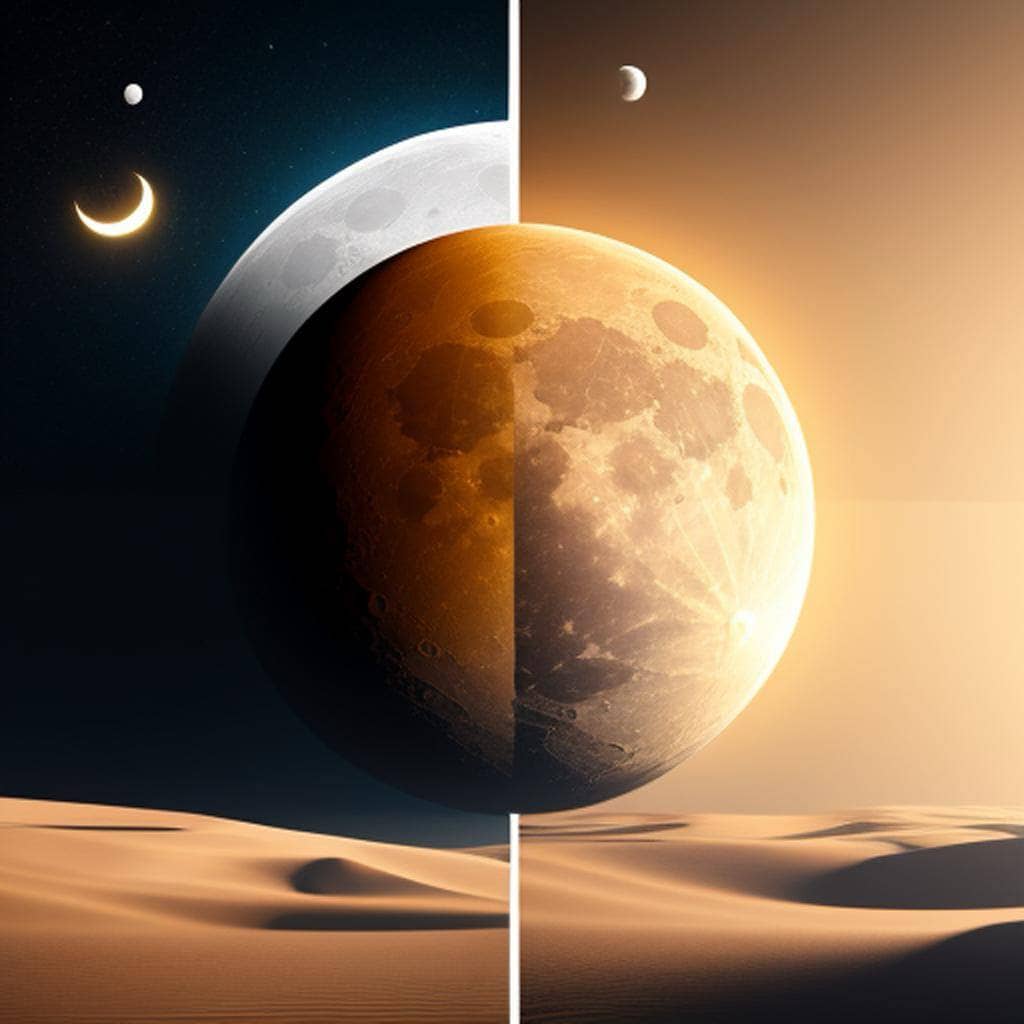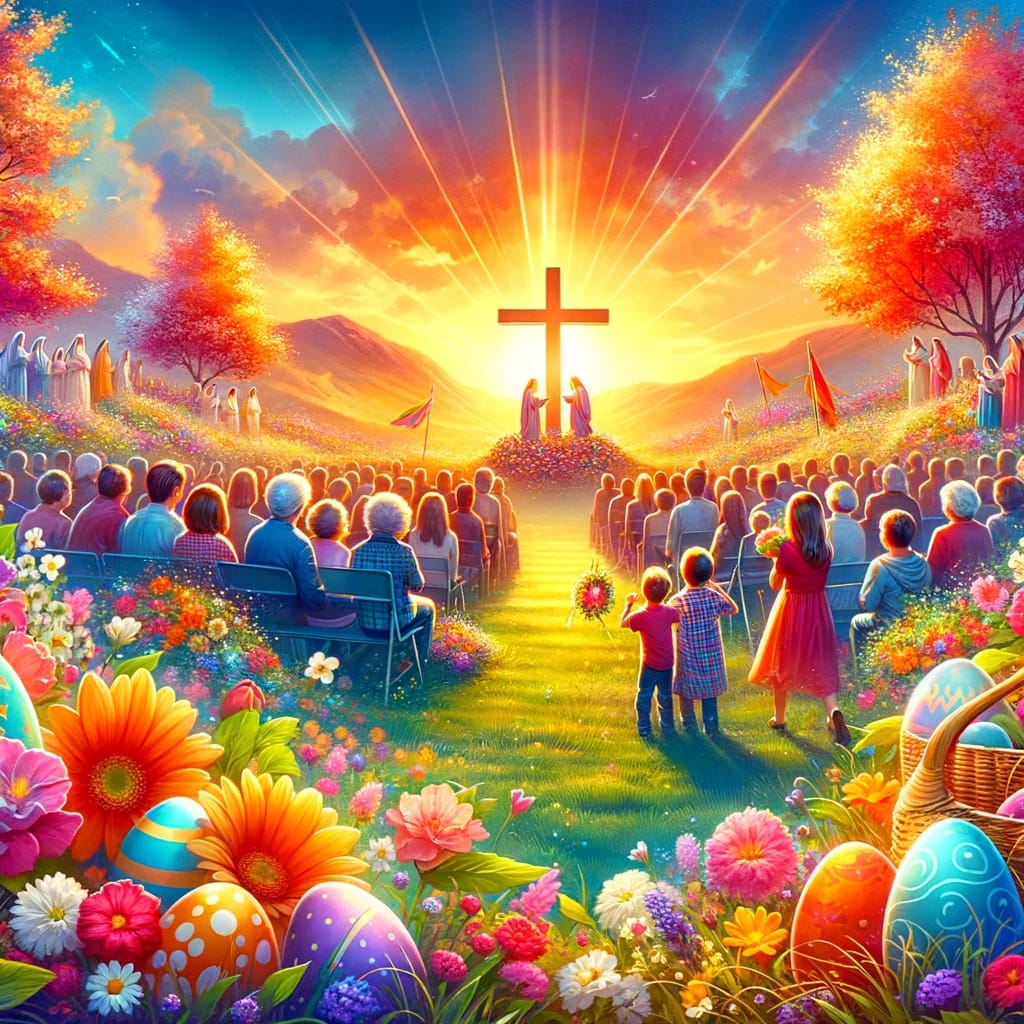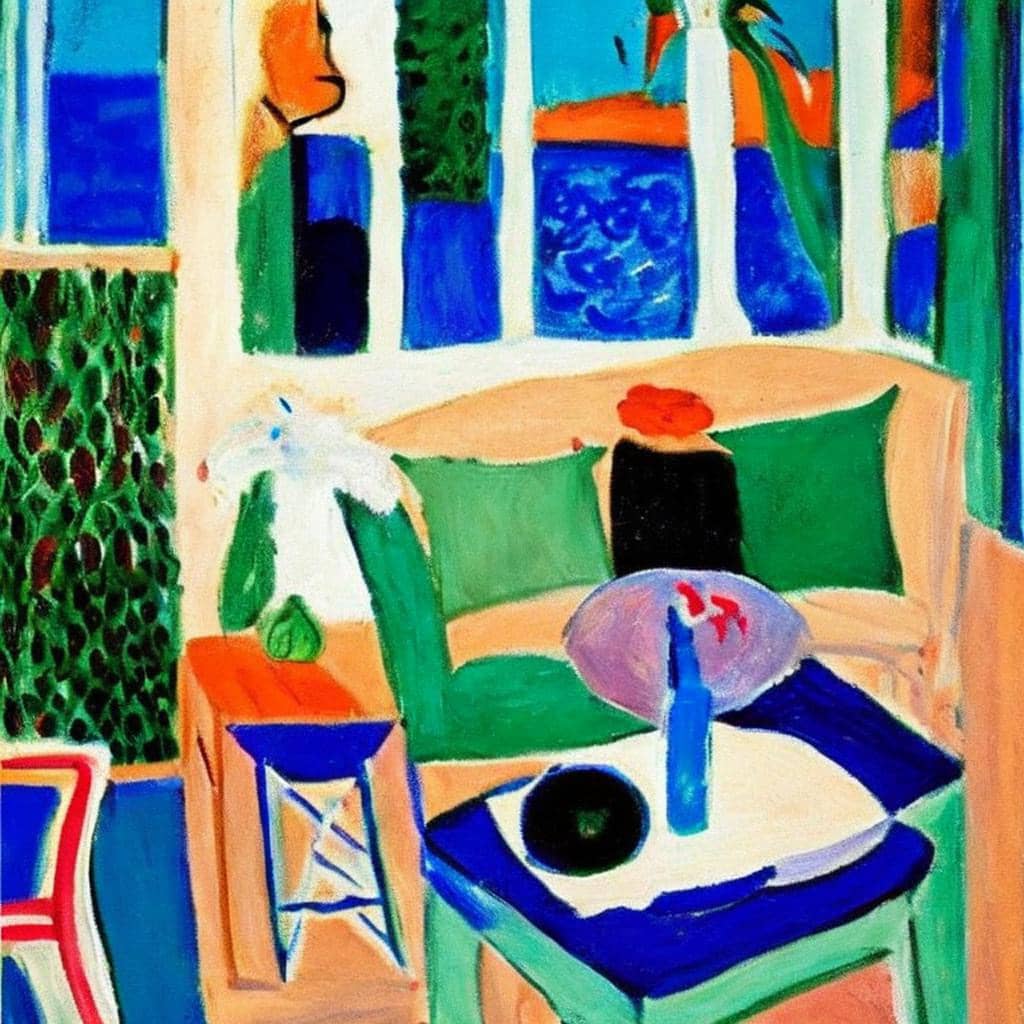
The lunar calendar
The lunar calendar, also known as the lunisolar calendar, is a calendar system that is based on the cycles of the moon. It has been used by various cultures throughout history, including the Chinese, Jewish, and Islamic calendars. In the context of Chinese culture, the lunar calendar plays a significant role in traditional holidays, customs, and rituals.
The Chinese lunar calendar consists of a repeating 12-year cycle, with each year associated with a specific animal from the Chinese zodiac: Rat, Ox, Tiger, Rabbit, Dragon, Snake, Horse, Goat, Monkey, Rooster, Dog, and Pig. The calendar also incorporates a system of 10 Heavenly Stems and 12 Earthly Branches, which, when combined, create a 60-year cycle.
Each month in the lunar calendar begins with the new moon, and a full lunar month consists of 29.5 days. To account for the difference between the lunar and solar year, which is approximately 11 days, a leap month is added to the lunar calendar approximately every 2.5 to 3 years. This adjustment ensures that the lunar calendar stays aligned with the solar year and the changing seasons.
The lunar calendar is deeply ingrained in Chinese culture and has influenced many aspects of daily life, including agriculture, religion, and the timing of traditional festivals. Some of the most significant Chinese festivals, such as the Lunar New Year (Spring Festival), the Lantern Festival, the Dragon Boat Festival, and the Mid-Autumn Festival, are determined by the lunar calendar.
In modern times, the Gregorian calendar has become the standard calendar system for daily use in China. However, the lunar calendar is still widely observed for traditional events, holidays, and rituals, and it continues to play an essential role in Chinese culture.
Lunar calendar vs solar calendar and 12 cyycles
The lunar calendar and the solar calendar are two different systems of timekeeping, each with its own advantages and disadvantages. Comparing these calendars over 12 cycles (years) highlights some of the key differences between them:
Basis of timekeeping
- Lunar calendar: The lunar calendar is based on the moon’s phases, with each month starting at the new moon. A lunar month has either 29 or 30 days, depending on the moon’s cycle, which lasts approximately 29.53 days.
- Solar calendar: The solar calendar is based on the Earth’s orbit around the sun. In this system, a year is defined as the time it takes for the Earth to complete one orbit around the sun, which is approximately 365.24 days.
Year length and structure
- Lunar calendar: Over 12 lunar years, the total number of days would be approximately 12 x 354.37 days = 4,252.44 days (since a lunar year has an average of 354.37 days). This does not account for the occasional leap month, which is added approximately every 2.5 to 3 years to keep the lunar calendar in sync with the solar year and the seasons.
- Solar calendar: Over 12 solar years, the total number of days would be approximately 12 x 365.24 days = 4,382.88 days.
Seasonal alignment
- Lunar calendar: Because the lunar year is shorter than the solar year by about 11 days, the lunar calendar tends to drift out of alignment with the solar year and the seasons. The addition of leap months in some lunar calendars, such as the Chinese lunar calendar, helps to realign the calendar with the solar year and the seasons.
- Solar calendar: The solar calendar stays relatively consistent with the solar year and the seasons. In the Gregorian calendar, a leap day is added to February every four years (except in years divisible by 100 but not by 400) to account for the extra 0.24 days per year.
Cultural and religious significance
- Lunar calendar: The lunar calendar plays a significant role in various cultures and religions, including Chinese, Jewish, and Islamic traditions. Many traditional festivals, holidays, and rituals are determined by the lunar calendar.
- Solar calendar: The solar calendar is used predominantly for civil and commercial purposes. The Gregorian calendar, which is a type of solar calendar, is the most widely used civil calendar in the world today.
In summary, over 12 cycles (years), the lunar calendar will have a different number of days compared to the solar calendar and may drift out of alignment with the seasons without the addition of leap months. The lunar calendar is often associated with cultural and religious significance, while the solar calendar is more commonly used for civil and commercial purposes.
Thank you for reading, comments and shares!
Crafted with chatGPT Language Models and Picsart
Heads up! If you’re looking to join Wealthy Affiliate, make sure you sign up using my referral link to get access to my personal coaching and all WA features."







